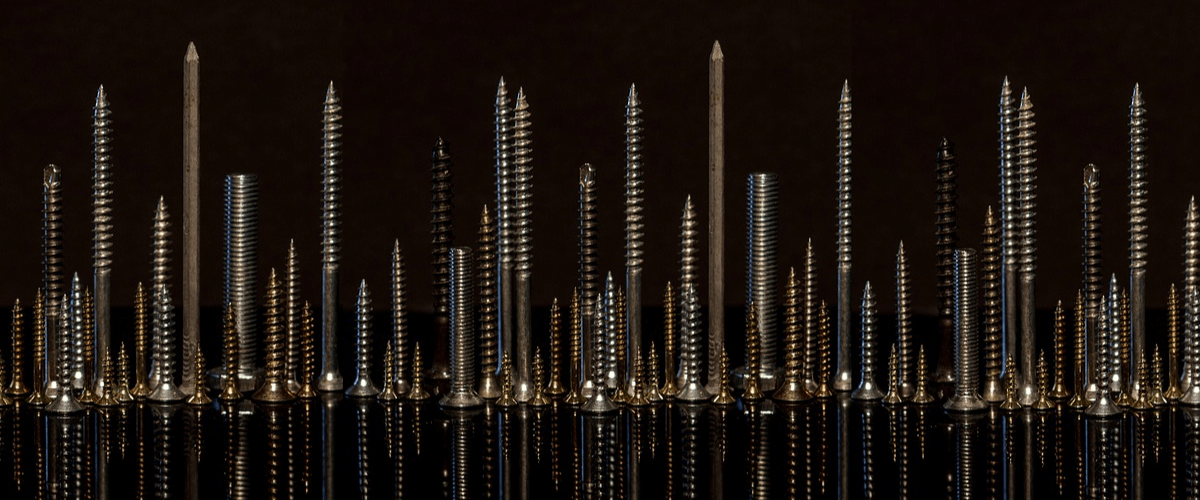Carpentry and wood working is a fantastic prepper hobby. But there remains one tremendously common question I see by newcomer and casual woodworkers: should I use screws or nails?
As soon as you stray from pre-written instructions and blueprints, you start asking questions you hadn’t considered before. Whether the project calls for screws or nails is one of the most common questions. Here, we will break down the pros and cons of both options, while also offering a possible alternative.
When to Use Screws for a Wood Working Project
Screws have what’s called “grip strength,” which means they are tremendously good at holding two pieces of wood together, while keeping them there. Having grip strength is important for when you absolutely don’t want two pieces of wood from separating.
On the other hand, however, they lack what’s called “sheer strength,” which is how well something can keep two pieces of wood from sliding sideways from each other. Screws are surprisingly brittle. Too much sideways force can snap them, rendering them useless.
The most common use of screws is an outdoor deck floor. You don’t want the wood to warp upward, causing uneven surfaces. And since it’s stepped on from above, and not from the side, it has little to no concerns for shearing.
When to Use Nails for a Wood Working Project
Where screws fail, nails thrive. Nails are strong and not at all brittle. This gives them incredible shear strength, making them ideal for projects with a lot of sideways force.
The smooth surface of a nail allows it to be driven into wood with only a hammer. It also means they can be made thicker, and more durable than a screw. The catch is that their smooth surface gives them less grip to hold the two pieces of wood together.
This makes them less ideal for situations where contact is important, like floors. A common example is when a long board is warped, leaning away from the contact point. A nail will be more likely to succumb to the warping’s resistance and cause a gap.
A good example case for nails is handrails. They will have a lot of shear force applied when in use. If someone trips and grabs the rail for support, using screws will have a greater chance of breaking compared to nails. A more interior example is a bookcase. Each shelf will have a great deal of shear force to withstand, making nails the best option.
When in doubt: see what others say. If you have a blueprint or guide, they might include the recommended screws/nails, along with specific sizes and shapes. If that doesn’t help, you can always ask online on various woodworking forums.

